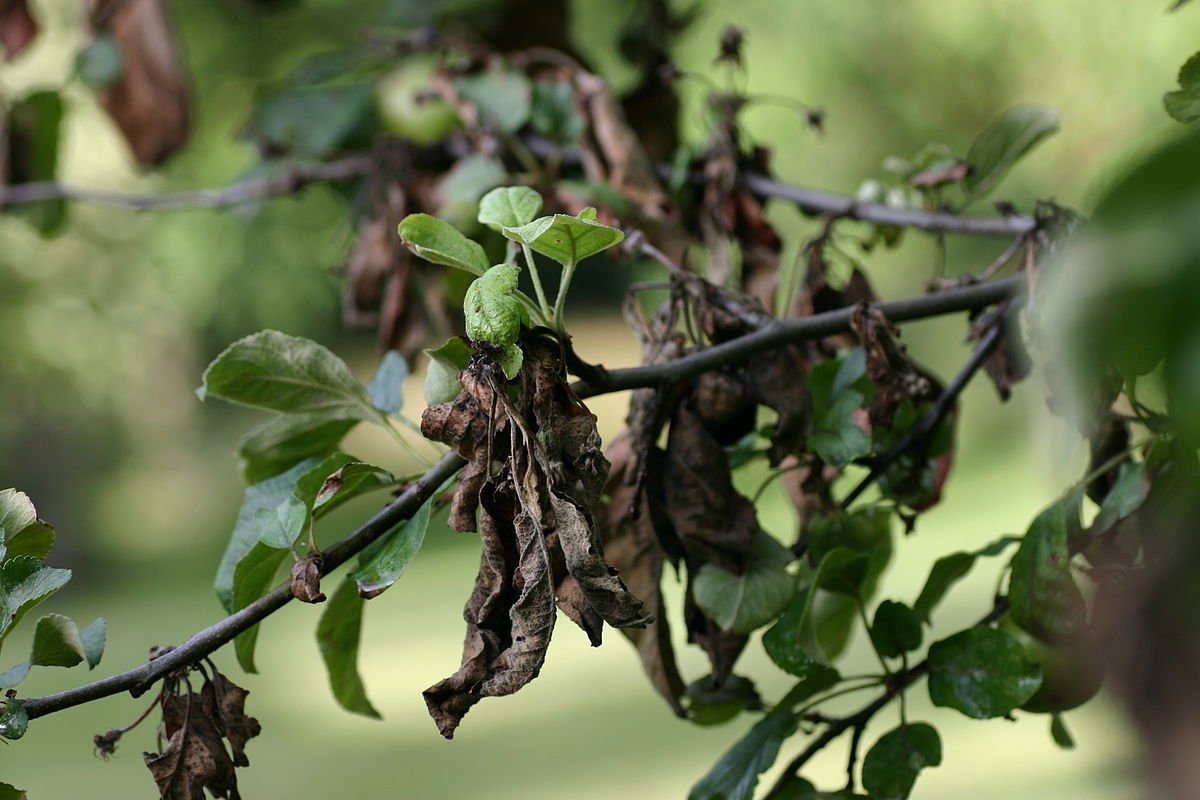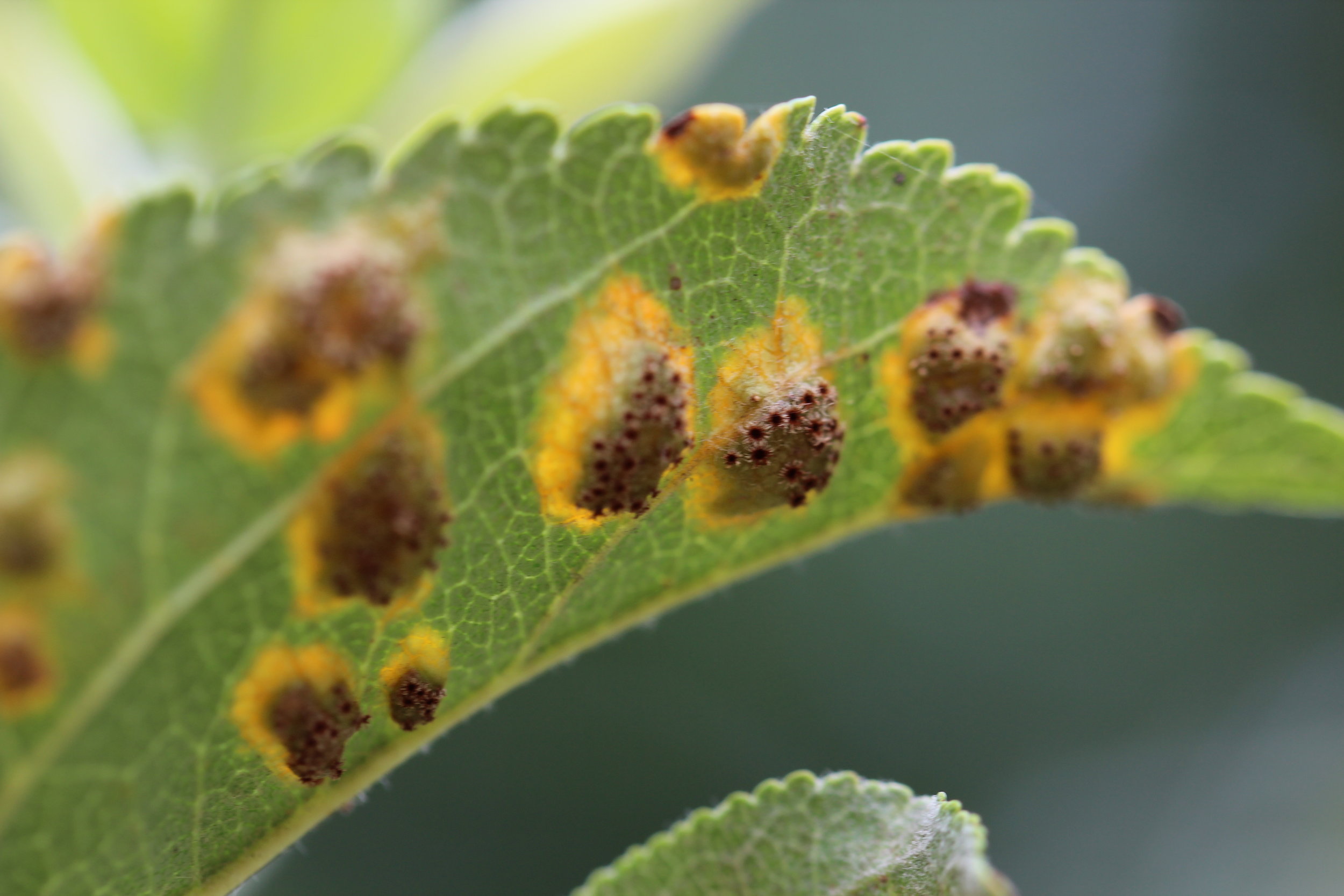Malus / Crabapple
malus / crabapple
The largest group of ornamental trees we offer. There are a tremendous amount of choices in this species of tree. Estimates suggest there are as many as 100 different cultivars of this species all with different growth habits, flower and foliage colors and many other of their various attributes. Crabapple are among the most stunning ornamental trees available in the landscape.
While these trees have a history that is less than reputable with regard to their mess, nearly all modern cultivars have been bred with smaller "persistent" or clinging fruit that no longer falls to the ground in late summer creating the mess that many are familiar with. We can't tell you how many times these trees have been brought up in conversation, only to be met with the statement; "Oh no! My (insert relative here, Ex. grandma, aunt, grandpa, etc) had one of those trees in their yard, they're such a mess, I don't want that messy tree in my yard." We immediately have to come to the rescue of these beautiful trees and provide the proof and evidence that suggests them to no longer be the mess they once were.
cardinal crabapple
Malus 'Cardinal'
The upright spreading habit of this tree lends itself well to smaller spaces. The dark purple-red foliage and magenta-pink flowers are stunning in mid-spring. The flowers mature to rich deep red fruit that is an attraction of wildlife.
DISEASE RESISTANCE:
Apple Scab: (excellent)
Fireblight: (good)
Apple Rust: (excellent)
Mildew: (excellent)
Height: 15 - 18 ft
Spread: 15 - 20 ft
Fall Color: Yellow
USDA Zone: 3 - 7
prairiefire crab
Malus 'Prairifire'
Known to be highly disease resistant this is one of the most sought after crab varieties. Prairiefire has a upright form when young that becomes well rounded with age. Each spring this tree breaks bud with dark purple leaves that mature a glossy green. Flower buds burst forth with rich dark pink blooms that age to red fruits.
DISEASE RESISTANCE:
Apple Scab: EXCELLENT
Fireblight: EXCELLENT
Apple Rust: EXCELLENT
Mildew: EXCELLENT
Height: 18 - 20 ft
Spread: 18 - 20 ft
Fall Color: Yellow
USDA Zone: 3 - 7
purple prince crab
Height: 18 - 20 ft
Spread: 18 - 20 ft
Fall Color: Yellow
USDA Zone: 3 - 7
Malus 'Purple Prince'
This Father Fiala selection has outstanding rose-red blossoms a beautifully rounded mature form and rich dark maroon fruits make this a stunning tree in the landscape. Because it matures quickly as a young tree this is one of the best purple-leaf crabs available.
DISEASE RESISTANCE:
Apple Scab: GOOD
Fireblight: GOOD
Apple Rust: EXCELLENT
Mildew: EXCELLENT
radiant crab
Height: 20 - 25 ft
Spread: 18 - 20 ft
Fall Color: Yellow
USDA Zone: 3 - 7
Malus 'Radiant'
This compact University of Minnesota introduction is hardy and has single, deep pink flowers followed by bright red fruit. The foliage is red-purple when young, aging to green.
DISEASE RESISTANCE:
Apple Scab: POOR
Fireblight: EXCELLENT
Apple Rust: GOOD
Mildew: FAIR
RED SPLENDOR CRAB
Height: 20 - 25 ft
Spread: 18 - 20 ft
Fall Color: Reddish Purple
USDA Zone: 3 - 7
Malus 'Red Splendor'
Litter is never a problem with this crab, developed by Melvin Bergeson of Fertile, Minnesota. Dark pink buds open to rich pale pink flowers. The small bright red fruit never falls. The fruit does make excellent food for wildlife. The foliage is glossy reddish-green, turning reddish-purple in fall.
DISEASE RESISTANCE:
Apple Scab: POOR
Fireblight: FAIR
Apple Rust: GOOD
Mildew: FAIR
spring snow crab
Height: 20 - 25 ft
Spread: 18 - 20 ft
Fall Color: Yellow
USDA Zone: 3 - 7
Malus 'Spring Snow'
The much sought after Spring Snow Crab. This fruitless Canadian introduction is completely covered with pink buds that open to fragrant white flowers in spring. It has bright green, shiny foliage and good heat tolerance. The white blooms of this tree put on a tremendous show in mid spring.
DISEASE RESISTANCE:
Apple Scab: FAIR
Fireblight: FAIR
Apple Rust: GOOD
Mildew: GOOD
sugar tyme® crab
Height: 18 ft
Spread: 15 ft
Fall Color: Yellow
USDA Zone: 4 - 7
Malus 'Sutyzam'
This smaller flowering crab is great for modest spaces. With a height of under 20 ft this tree is perfect for the small yard or space. Rich dark pink buds open to bright white flowers in mid May. Spectacular in the landscape as the rich red fruits remain on the tree all year.
DISEASE RESISTANCE:
Apple Scab: EXCELLENT
Fireblight: GOOD
Apple Rust: GOOD
Mildew: GOOD
Thunderchild Crabapple
Height: 15 - 20 ft
Spread: 15 ft
Fall Color: Yellow
USDA Zone: 3 - 7
Malus 'Thunderchild'
This compact, upright spreading tree has bright green leaves that mature a rich deep purple. Delicate pink flowers which appear as the foliage does. This introduction was discovered by Percy Wright of Saskatoon, Saskatchewan. This is one of our most popular crab varieties.
DISEASE RESISTANCE:
Apple Scab: EXCELLENT
Fireblight: EXCELLENT
Apple Rust: GOOD
Mildew: GOOD
CARE: POSITIVES & DRAWBACKs
POSITIVES:
The beautiful show the blooms put on in early to mid-spring are perhaps the greatest positive about these trees. Few trees grow as well and provide as good a flower show as the Crab. Crab are adaptable to most soil conditions but prefer full sun in moist, well-drained soil.
Light pruning is required to keep plants healthy or correct structural problems. Thinning crown allows light into center for better flowering. Remove dead, diseased and crossing branches at any time.
Suckers from the base are problems with many crabapple varieties, prune as close to ground as possible.
RIPENING CRABAPPLE FRUIT
drawbacks:
There are a few diseases that affect the apple Genus. Four of the most common are;
- Apple Scab
- Fireblight
- Apple Rust (Also known as Cedar Apple Rust)
- Mildew, sometimes known as Powdery Mildew
Of the four, the two most common in our region are Fireblight and Apple Rust, with Fireblight being the most common.
APPLE SCAB & POWDERY MILDEW:
Both are caused by a fungus. Both of these problems can be easily overcome. Raking and removing the diseased foliage and disposing of damaged leaves or fruit as they appear will be helpful. Due to our generally dry climate these two diseases are not nearly as common or spreadable as in other parts of the country.
FIREBLIGHT & CEDAR APPLE RUST:
Fireblight and Cedar Apple Rust are slightly more complicated to get rid of. Pruning is perhaps the best method but there exist fungicides and antibiotics that can help overcome these two problems. To learn more, visit our pages on diseases.
PRUNING:
The optimal time to prune these plants is in spring before the new growth emerges.
For more information, see our page on pruning.





















